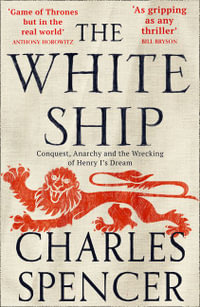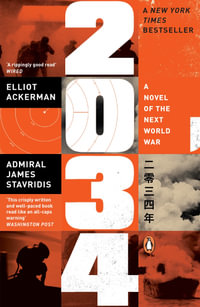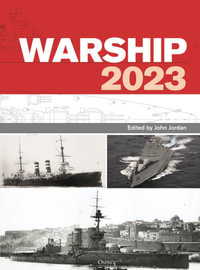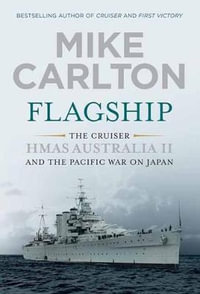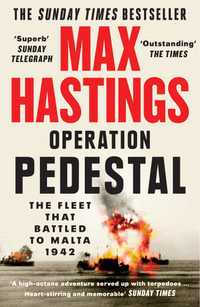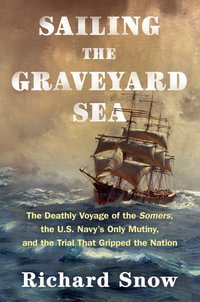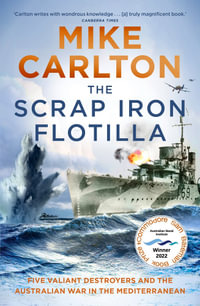In the hundreds of books written about battleships, the authors tend to draw down?the curtain?on the careers of these great vessels in September 1945, with the surrender?of Japan. Yet, on that day some ninety-eight battleships or ex-battleships might be?spotted around?the world, and eleven of them were in or around Tokyo Bay for the surrender?itself. What?happened to all those ships?
This new book takes a fresh look at the slow demise of the battleship. It examines?the decisions?made by the major world powers after 1945, and their aspirations to?retain battleships?in their navies, despite financial stringency. It places the history and role?of battleships?after 1945 in their geo-political context,?centered?around the Cold War and?the need?for the West to face down an aggressive Soviet Union. It also examines the?impact on?battleships of operational analysis of the Second World War and new?technological developments, notably the atom bomb and the guided missile.
Chris Baker uses the wealth of information from ship' books, ships' logs and gun logs?to document the ships' activities after?World?War?II. In this book, he focuses on ships of the Royal Navy--covering United States?battleship operations?in Korea, Vietnam, and the Gulf War. He examines the deterrent role played?by battleships?for NATO from the 1950s to the 1990s. Finally, Baker documents the preservation as museum ships?of the?eight dreadnoughts which still exist today in the United States.
Extensively illustrated with photographs of the range of activities of battleships after 1945, from their use as Fleet flagships to Royal or Presidential yachts and more?poignantly as?target ships, What Happened to the Battleship? will appeal equally to the historic ship enthusiast and?naval specialist, and provide a novel perspective through a battleship--shaped lens on?late twentieth-century history for the more general reader.?



